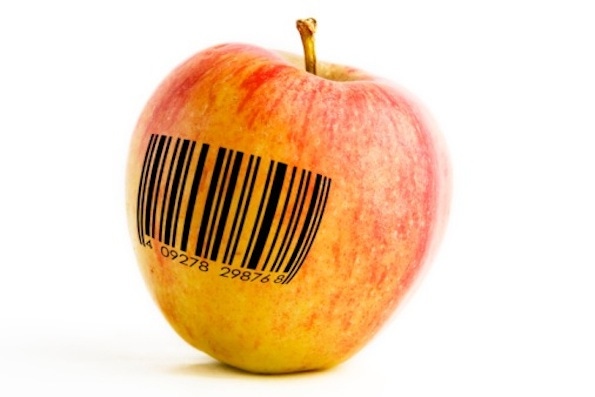
When I first started writing about GMOs in 2011, the popular sentiment was doom and gloom. Almost all the GMO literature lambasted the biotech industry. Alfalfa had just been deregulated, and scarier GE products were queuing up for FDA approval, such as GE salmon (by the way, the agency “has strongly signaled it intends to approve the fish, making it the first genetically modified animal cleared for human consumption,” according to a recent piece in the Washington Post) and sweet corn. Most mainstream American shoppers were ignorant of GMOs, and as a result, raising awareness of their ubiquity was paramount for advocacy groups.
But in the past few months, it seems more people outside of the natural industry are trying to wrap their heads around GMOs. They're trying to understand them in an honest and science-based manner. Several weeks ago, the New York Times ran a feature on Hawaii council member Greggor Ilagan’s GMO journey. Ilagan and his colleagues were tasked with voting on a bill to ban genetically engineered crops on the island of Hawaii, with the exception of GE papaya and corn—existing crops that would be grandfathered in.
Though popular opinion among his constituents erred strongly on the non-GMO side, Mr. Ilagan was confused. “Doubts nagged at the councilman, who was serving his first two-year term,” writes the Times. “A study reporting that a diet of G.M.O. corn caused tumors in rats, mentioned often by the ban’s supporters, turned out to have been thoroughly debunked. And University of Hawaii biologists urged the Council to consider the global scientific consensus, which holds that existing genetically engineered crops are no riskier than others, and have provided some tangible benefits.”
The article explored genetic engineering’s complex intersection of science, faith, and politics.
Likewise, journalist Nathanael Johnson wrote an article titled “What I learned from six months of GMO research: None of it matters,” for Grist.org—a website that features many anti-GMO articles. “People care about GMOs because they symbolize corporate control of the food system, or unsustainable agriculture, or the basic unhealthiness of our modern diet,” reports Johnson. “On the other side, people care about GMOs because they symbolize the victory of human ingenuity over hunger and suffering, or the triumph of market forces, or the wonder of science. These larger stories are so compelling that they often obscure the ground truth.”
Natural responsibility
Undoubtedly, something curious is happening within the movement. In the shadows of fallen GMO labeling initiatives like Washington’s I-522 and California’s Prop 37, we have successes that were unfathomable even three years ago.
General Mills recently announced original Cheerios would be GMO-free—a move some find suspicious (“My guess is that it’s easier to market food using a meaningless 'G.M.O.-free' label than an organic label,” said Mark Bittman). Whole Foods Market not only announced store-wide GMO-labeling by 2018, but also pulled Chobani yogurt from its shelves, apparently to make room for non-GMO and organic options. Furthermore, a leaked document revealed that the Grocery Manufacturers Association, a lobbying group, shadily intends to push legislation aimed at blocking states from mandating GMO labeling.
GMOs are an emotionally charged issue, and debating them conjures a flurry of allegorical themes: the organic Davids versus Monsanto’s Goliath; transparency versus obscurity; anti-science versus science; truths versus lies; authenticity versus untrustworthiness.
The natural industry is in the center of this discussion. It’s our responsibility to nurture the conversation.
About the Author(s)
You May Also Like




